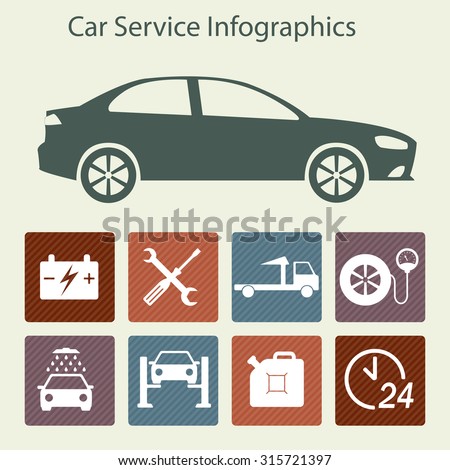When you lag the wheel, those radiant warning lights on your dashboard can be a little bit puzzling. Do you recognize what they're trying to tell you about your auto's wellness? Recognizing the importance of these lights is essential for your safety and security and the longevity of your vehicle. So, the following time among those lights appears, would not you want to decode its message accurately and take the necessary steps to address it?
Common Warning Lights and Interpretations
Identify typical caution lights in your car and understand their meanings to guarantee secure driving.
One of the most typical warning lights consist of the check engine light, which signals issues with the engine or emissions system. If clean car engine near me begins, it's essential to have your car examined quickly.
The oil pressure advising light indicates reduced oil pressure, needing immediate focus to stop engine damages.
A blinking battery light could recommend a faulty billing system, possibly leaving you stranded if not dealt with.
The tire pressure surveillance system (TPMS) light alerts you to low tire stress, affecting lorry stability and fuel performance. Overlooking this can cause risky driving problems.
The abdominal muscle light suggests an issue with the anti-lock braking system, compromising your ability to stop quickly in emergency situations.
Lastly, the coolant temperature warning light warns of engine getting too hot, which can cause severe damage otherwise fixed swiftly.
Recognizing these common warning lights will certainly aid you deal with concerns promptly and maintain safe driving conditions.
Relevance of Prompt Attention
Comprehending the common caution lights in your automobile is just the very first step; the importance of quickly dealing with these warnings can't be stressed enough to ensure your security on the road.
When a caution light brightens on your dashboard, it's your vehicle's method of interacting a potential concern that needs interest. Ignoring these cautions can lead to extra serious problems in the future, jeopardizing your security and possibly costing you extra in repairs.
Trigger attention to alerting lights can avoid malfunctions and mishaps. For instance, a blinking check engine light can show a misfire that, if left unattended, can cause damage to the catalytic converter. Addressing this quickly can save you from an expensive repair work.
Similarly, a brake system warning light could signify reduced brake fluid or used brake pads, critical components for your security when driving.
Do It Yourself Troubleshooting Tips
If you observe a caution light on your control panel, there are a few do it yourself fixing suggestions you can try before seeking expert assistance.
The initial step is to consult your car's guidebook to comprehend what the particular caution light shows. Occasionally the issue can be as easy as a loose gas cap triggering the check engine light. Tightening the gas cap may fix the issue.
One more common concern is a low battery, which can cause numerous warning lights. Inspecting auto detailing for rust and ensuring they're secure could take care of the problem.
If a caution light persists, you can attempt resetting it by separating the automobile's battery for a couple of mins and then reconnecting it. Additionally, examining your car's liquid degrees, such as oil, coolant, and brake liquid, can aid fix advising lights related to these systems.
engineclean , comprehending your automobile's warning lights is important for keeping your car running efficiently and safely. By promptly addressing these informs and knowing what they mean, you can stay clear of expensive repair work and prospective break downs.
Bear in mind to consult your automobile's handbook for particular information on each advising light and take action appropriately to ensure a hassle-free driving experience.
Keep notified, stay safe on the road!
